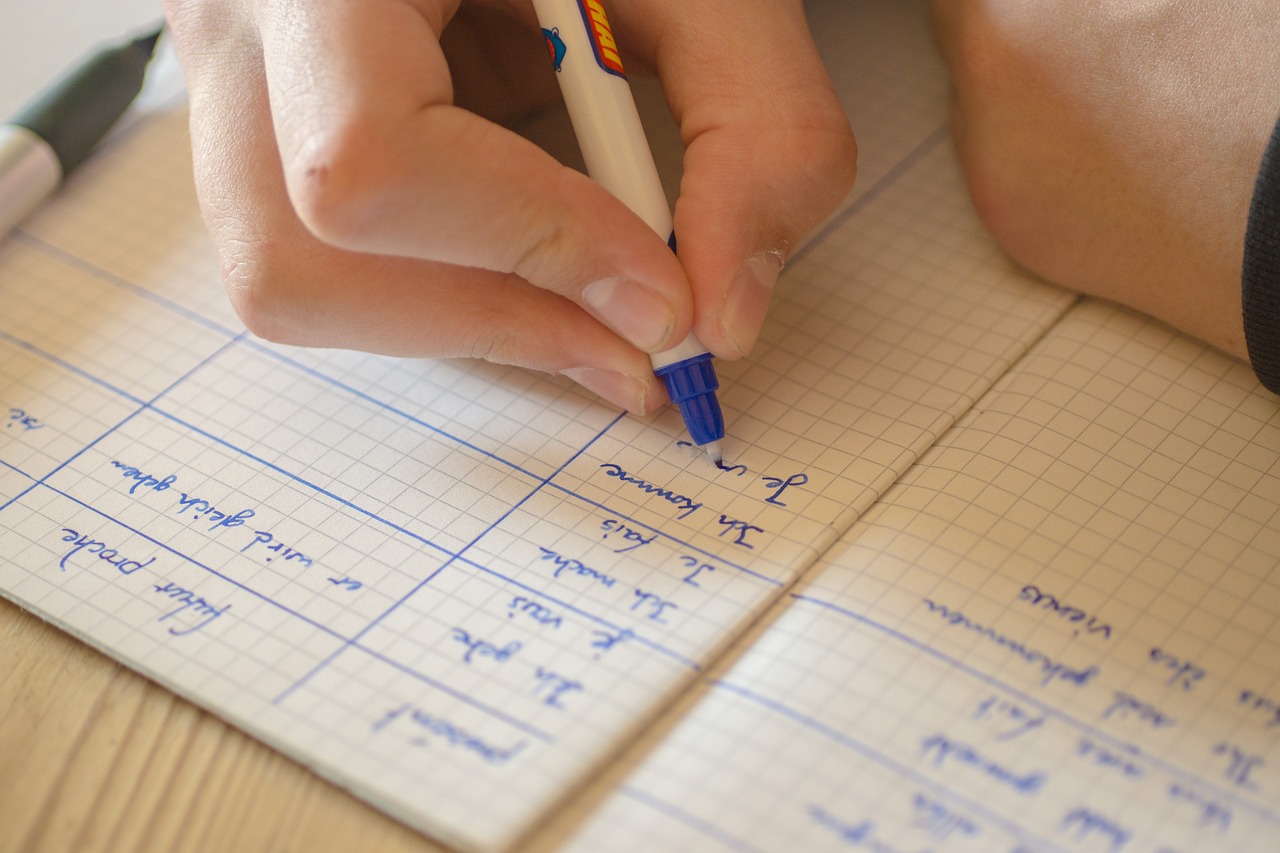Learning a new language is one of the most rewarding skills you can develop. Whether you want to travel, connect with new cultures, boost your career, or simply enjoy foreign films and books, becoming bilingual (or multilingual) opens a world of opportunities. But how do you actually learn a language in a way that works?
In this article, we will explore proven steps and smart techniques to help you master any language—no matter your age or experience.
1. Set a Clear, Realistic Goal
Before you dive into grammar rules or vocabulary lists, ask yourself: Why do I want to learn this language? Your answer will guide your path and keep you motivated. Maybe your goal is to:
Hold a basic conversation while traveling
Pass an exam or certification (like TOEFL or DELF)
Understand movies or songs without subtitles
Get a job in a foreign country
Whatever your reason, make it specific and realistic. Instead of saying “I want to speak French,” try “I want to have a 10-minute conversation in French in 3 months.” Setting small goals helps you stay focused and track your progress.

2. Immerse Yourself Daily
One of the best ways to learn a language is through immersion. This means surrounding yourself with the language as much as possible, every single day. You don’t need to live abroad—you can create an immersive environment from home.
Here are some ideas:
Watch TV shows or YouTube videos in your target language. Use subtitles at first, then try watching without them. (Try LingQ for guided listening practice.)
Listen to music or podcasts while doing chores or commuting.
Change your phone or computer language settings.
Label objects in your house (e.g., “door = puerta” in Spanish).
Even if you only understand 20% at first, don’t worry. Your brain is absorbing patterns, sounds, and rhythm. With consistent exposure, your understanding will grow naturally.
3. Speak From Day One
Many learners wait until they feel “ready” to speak. Unfortunately, that day often never comes. Don’t fall into that trap. The truth is: you learn to speak by speaking. Try this:
Talk to yourself in the mirror or describe your actions aloud (“I am brushing my teeth”).
Use language exchange apps like HelloTalk or Tandem to chat with native speakers.
Find conversation groups online or in your city.
If you’re shy, start with voice messages instead of live calls.
Making mistakes is part of the process. In fact, mistakes help you learn faster, especially when someone corrects you. Be brave and take the first step—you’ll be surprised how fast you improve.
4. Focus on High-Frequency Words
Did you know that just 1,000 to 2,000 words can cover over 80% of daily conversations in most languages? Instead of memorizing long lists of obscure vocabulary, concentrate on the most common words first.
You can find lists of these words online, use apps like Anki or Memrise, which use spaced repetition to help you remember better, or ask ChatGPT to make it for you. Learn:
Greetings and polite expressions
Numbers, colors, days, months
Common verbs and adjectives
Useful phrases for your goals (e.g., ordering food, making small talk)
The more relevant the words are to your daily life, the more you’ll remember and use them.
5. Practice All Four Skills
To truly master a language, balance your study time across these four core skills:
Listening – Use audio resources, songs, and native content.
Speaking – Have regular conversations or record yourself.
Reading – Start with children’s books or simple articles.
Writing – Keep a journal or post on social media in your target language.
Each skill supports the others. For example, listening improves pronunciation, while reading boosts vocabulary. Don’t rely on just one method. A varied approach keeps learning fun and effective.
6. Make Learning a Habit
Success in language learning depends more on consistency than talent. Studying for 15 minutes every day is more powerful than doing 3 hours once a week. Try to:
Study at the same time each day
Use a habit tracker or calendar
Celebrate small milestones (like your first full sentence or conversation)
Apps like Duolingo can help you build a daily streak, but don’t stop there. Combine app learning with real-life practice and input to see real progress.
7. Use Technology to Your Advantage
Today, learning a language has never been easier thanks to technology. Take advantage of:
Language learning platforms like Busuu
AI-powered grammar checkers like Grammarly (for English)
Online dictionaries and translators (like WordReference or DeepL)
Subtitled videos or language-specific podcasts
Many of these tools are free and can save you hours of frustration. Here’s a list of other apps and websites that can boost your language learning journey
Final Thoughts
Learning a new language doesn’t have to be hard, boring, or expensive. By setting clear goals, staying consistent, and using the right tools, you can become fluent—even if you start from zero.
Remember, language learning is a journey, not a race. Enjoy the small wins, laugh at your mistakes, and celebrate every step forward.
Start today—even if it’s just 10 minutes of practice. A year from now, you’ll be amazed by how far you’ve come.
Bonus Tip: Want to practice right now? Try writing five sentences about your day in your target language. Then check them with a language partner or AI tool. That’s a method called Language Journaling and it’s great to keep a track of your improvement in your target language while also taking care of your mental health.
If you found this article helpful, share it with your friends or language group. Let’s grow together!
